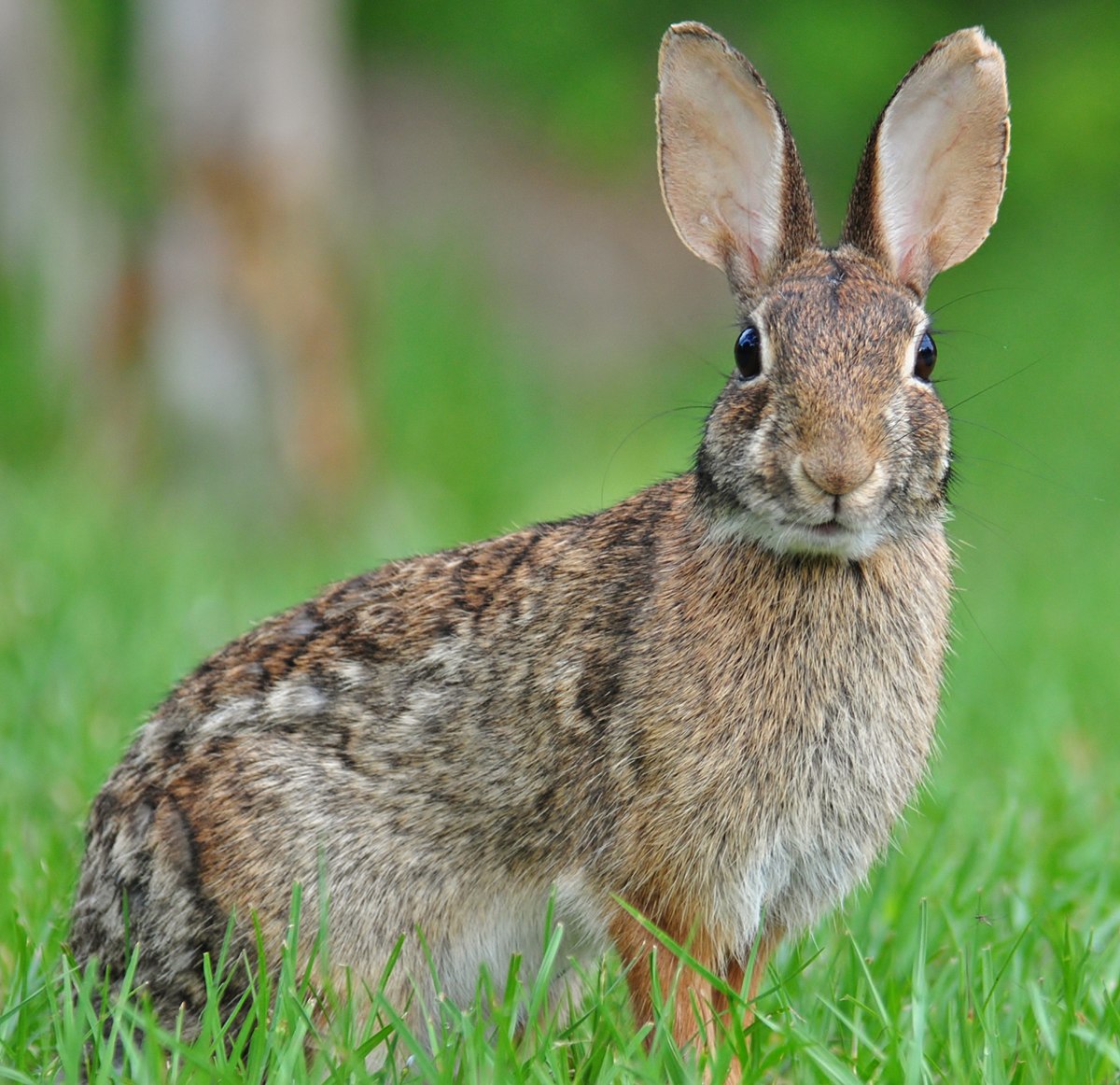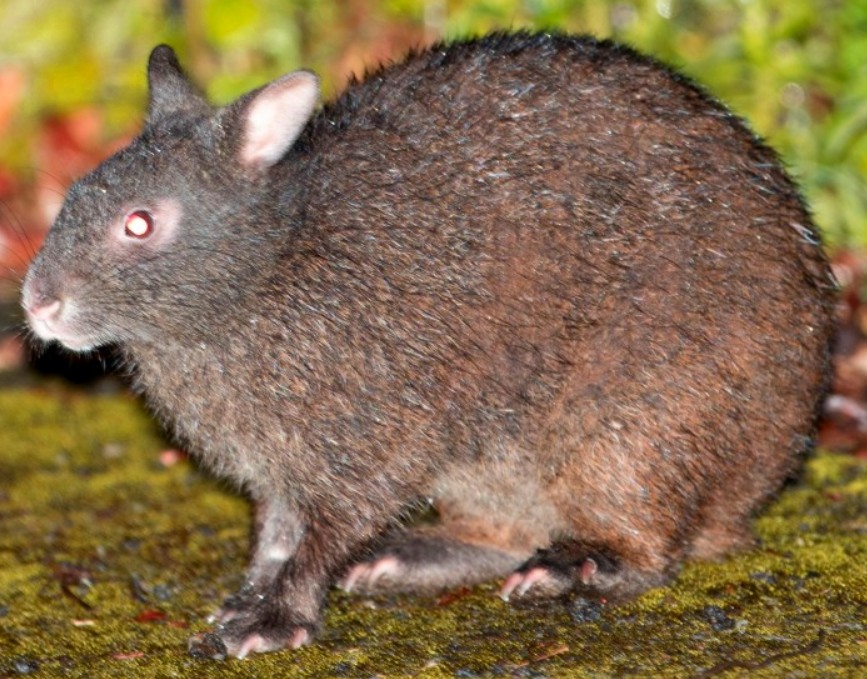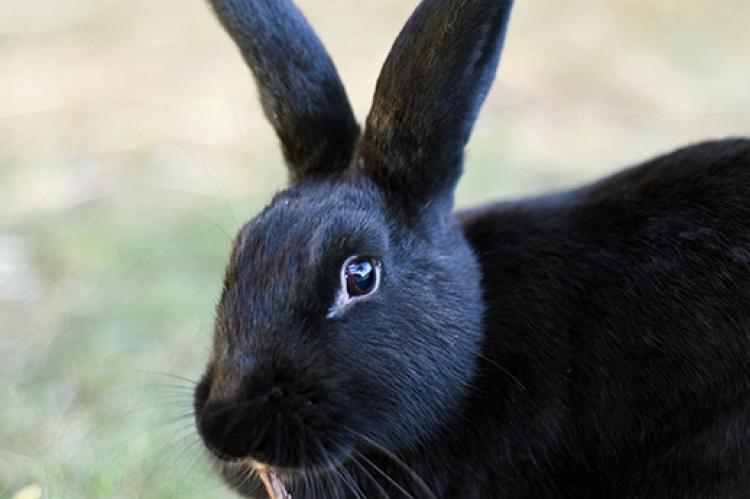From tiny bodies to giant ears, rabbits have super specialized physiologies

We’ve already seen that rabbits and hares have quite interesting physiology, but for certain species of leporidae the adaptations get even more extreme. The smallest rabbit in existence is the pygmy rabbit, who weighs on average only 450 grams! They’re found in the western US and are one of the only rabbit species who dig their own burrows, as opposed to repurposing the found burrows of other animals. Hares, on the other hand, don’t use burrows at all but make nests in grass and underbrush. Part of the reason for this is their impressive ability to run away from predators, as opposed to hiding from them in the first place. Some species of hares can run as fast at 80 km/h! This speed requires some serious shock absorption to keep their brains from being rattled, so they’ve actually developed hinged skulls. Rabbits are generally known for their massive ears, but they actually do a lot more than just hear predators and friends. Rabbits ears are crucial for thermoregulation! Their large surface areas allow bunnies to release their heat and keep cool, that’s why bunnies that live in hot areas tend to have the largest ears. @AdaMcVean

new bunny owner. never had any pets before. got him recently, i have no idea about it's age and breed. i don't know how to take care of him any help will be appreciated and he has no name any suggestions are welcome : r/ Rabbits
Fennec Fox National Geographic

VTAH 260 - Knowledge Check 3 Flashcards

Scottish Lowlands • Mike Meller Photography

Rabbit Anatomy Fine Art Print

Aggression in Rabbits

Lagomorpha - Wikipedia

Our Articles Office for Science and Society - McGill University

Grooming Your Rabbit: Everything You Need to Know

How to Breed Rabbits (with Pictures) - wikiHow

Short-eared rabbit (SciiFii), Idea Wiki




/product/06/8151441/1.jpg?1465)

